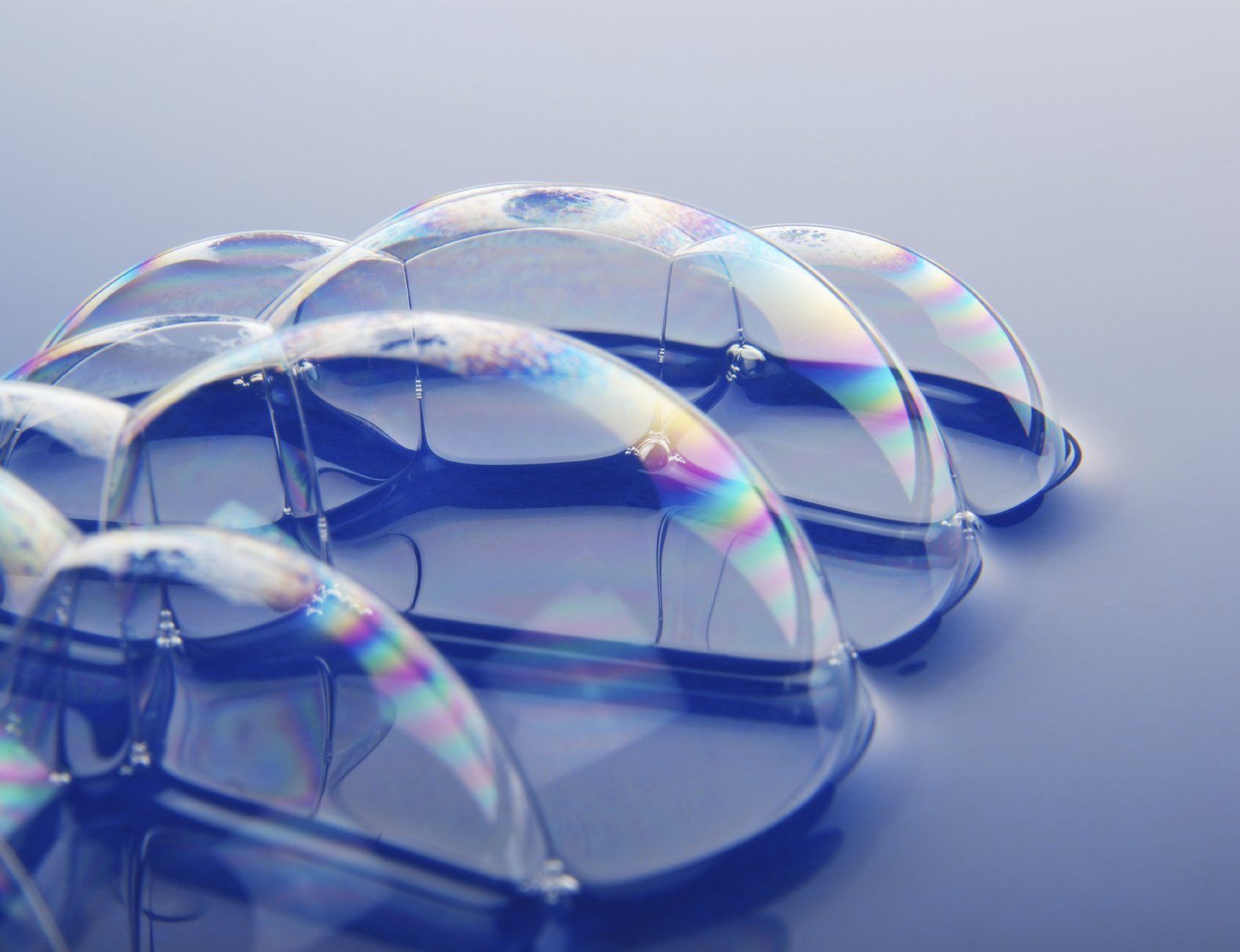Project Page
Surfactants are the main active ingredient in most cleaning products and help to "wet" the surface and emulsify oils and fats.
Biosurfactants are derived from biotechnology and are produced by living cells such as bacteria and have antimicrobial properties.

Slide title
Write your caption hereButton
Most surfactants used in products are typically petroleum based and can cause skin irritation and allergies.
That's where biosurfactants come in. Biosurfactants are derived from biotechnology and are produced by living cells such as bacteria and have antimicrobial properties.
These properties prevent the growth of skin bacteria responsible for odour. Adding biosurfactants into products, such as deodorants, may help control the bacteria and combat unpleasant odour.
That's where biosurfactants come in. Biosurfactants are derived from biotechnology and are produced by living cells such as bacteria and have antimicrobial properties.
These properties prevent the growth of skin bacteria responsible for odour. Adding biosurfactants into products, such as deodorants, may help control the bacteria and combat unpleasant odour.
Could sewage monitoring help track Covid-19 hotspots?
Scientists suggest the Covid-19 virus could be tracked through a closer watch on sewage systems worldwide.
''The use of biosurfactants in dealing with this pandemic justifies extensive study with their potential applications being in the prevention of viral spread; dealing with the symptoms that develop after the incubation period; directly targeting viral infected cells and preventing the spread of the virus throughout the host, all in addition to acting as potential drug delivery systems and cleaning agents'.
Soap from straw - Scientists develop eco friendly ingredient from agricultural waste
The study was looking for a natural replacement for chemical surfactants, a main active ingredient in the production of cleaning products, medicine, suncream, make-up and insecticides. The surfactant holds oil and water together, helping to lower the surface tension of a liquid, aiding the cleaning power and penetration of the product.
Herbal medicine might help battle against Covid-19
Slowing the spread of the disease has been cited as our best chance of reducing its impact on our health services.
Further details
WE’RE HERE TO HELP YOU
Computational Modelling and Machine Learning Will Unlock Understanding
Integrating machine-learning techniques with genome-scale metabolic models is a highly promising technique, as it has the potential to achieve for the first time interpretable and mechanism-aware machine learning.
Enzyme produced from agricultural waste for use as laundry detergent
We investigated suitability of the lipase enzyme in detergent formulations.
Further Details
Creating a circular economy using biotechnology
A major objective is to implement sustainable bio based processes, feedstock in biorefining platform to manufacture value added products and high value products for growing the economy.
Contact Us
Call us:
+44 7450526410
Mayfair House, Christchurch Way, Woking, Surrey, United Kingdom, GU21 6BP, United Kingdom.
Lab Access: Wilton Centre, Redcar - TS10 4RS, Redcar and Cleveland, United Kingdom.
Business Hours
- Mon - Fri
- -
- Sat - Sun
- Closed

